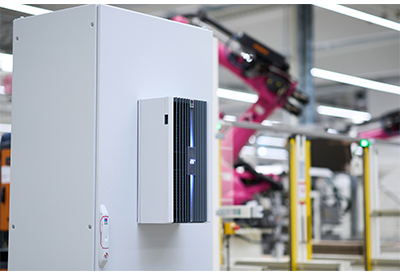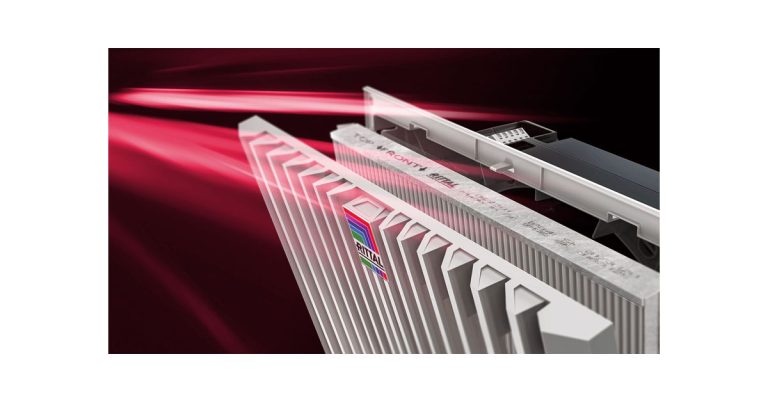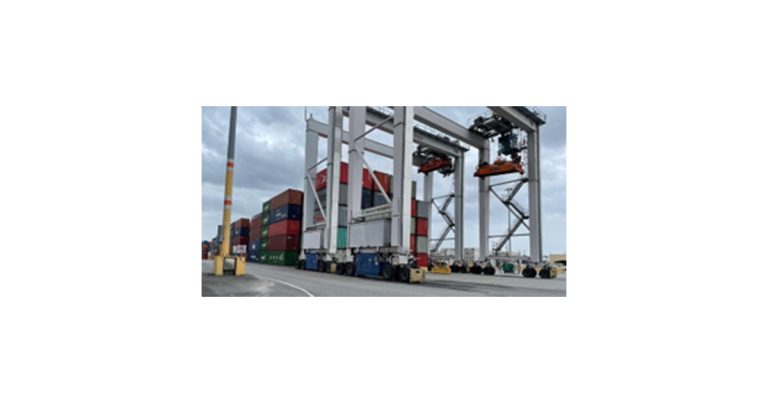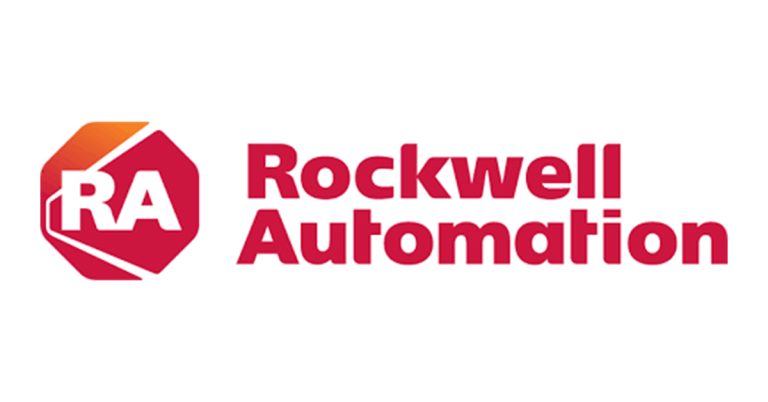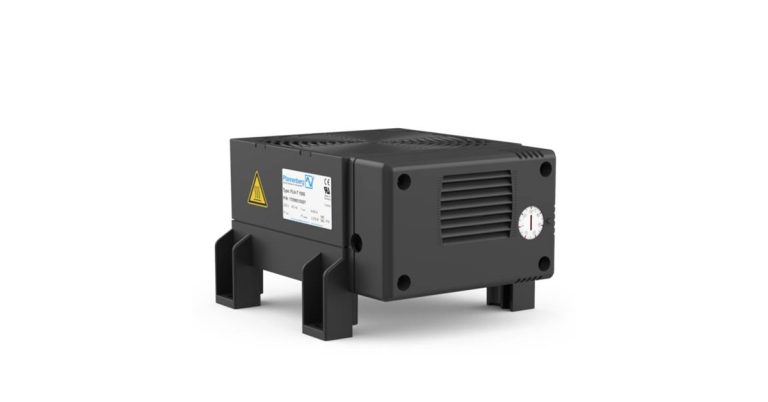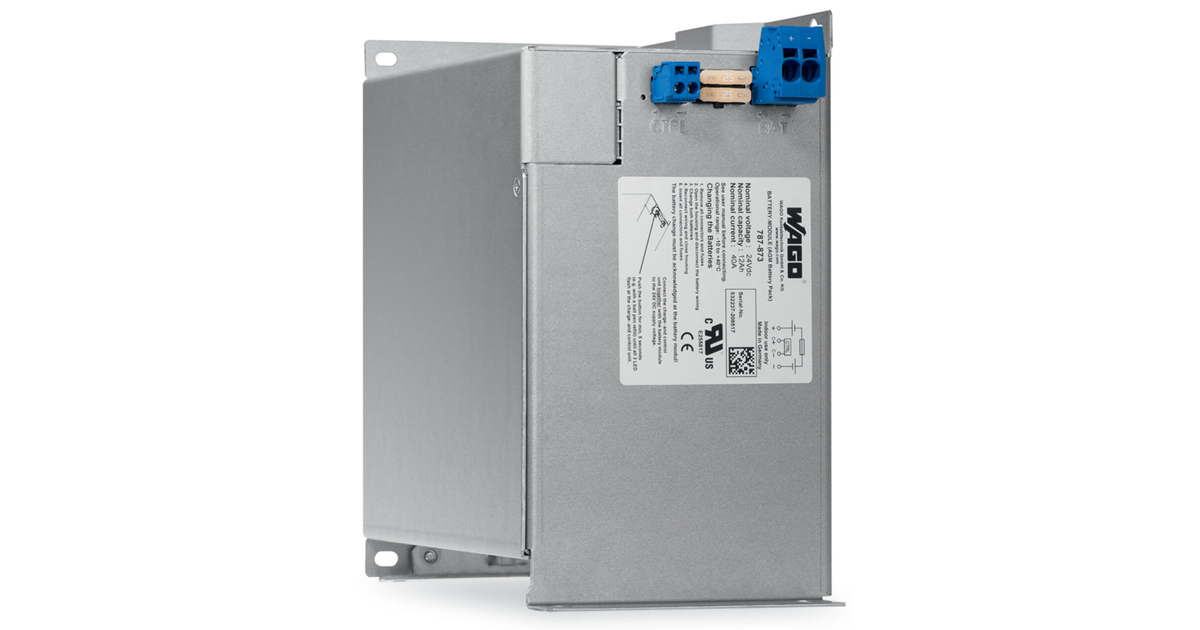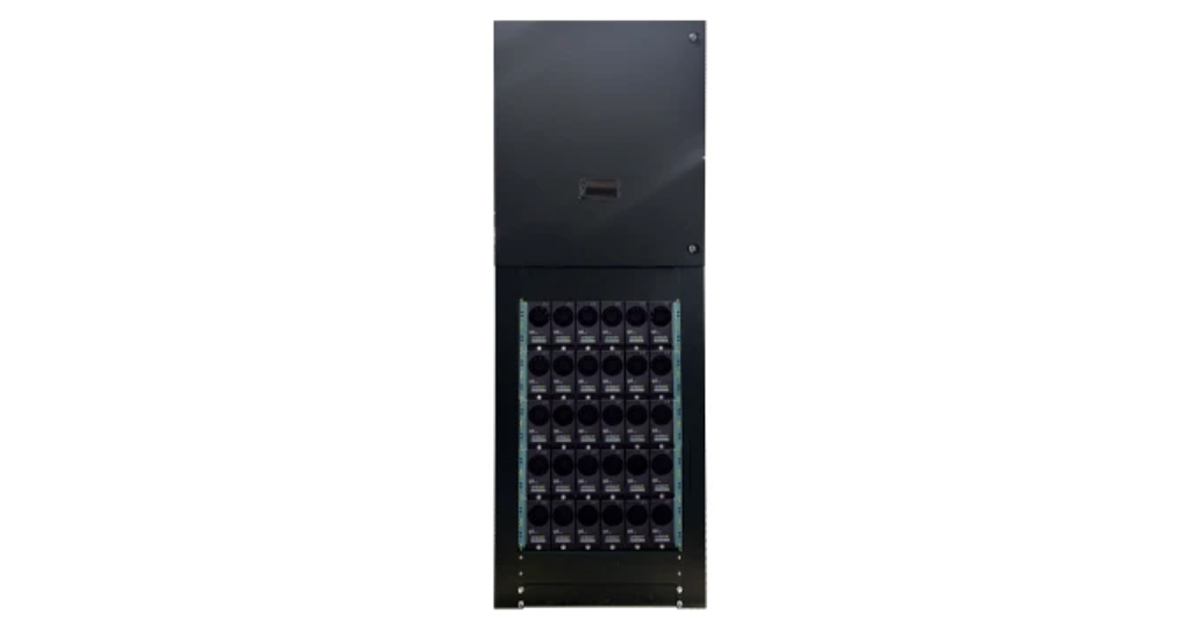Finding Success as an Integrator Through Strategic Collaboration
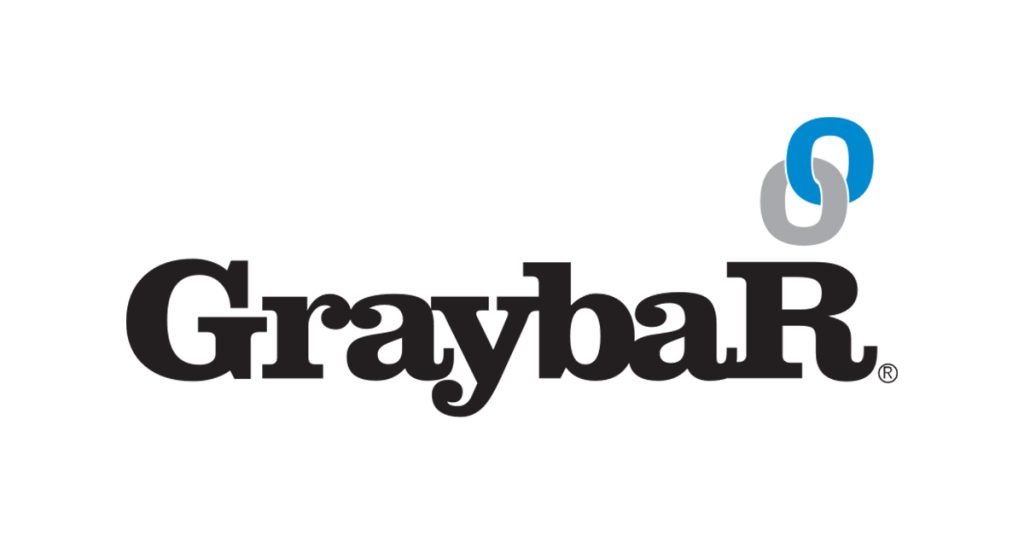
November 20, 2023
Understanding the Evolving Landscape
In the fast-paced world of digital communication and connectivity, integrators bridge the gap between cutting-edge innovation and tangible, real-world application. Companies have great ideas and urgent needs as they upgrade facilities and plan expansions, and they need integrators to make it all happen. As an integrator, you’re constantly met with new opportunities, but you also face new challenges, and these can reshape the way you approach and execute your projects. Supply chain issues, labor shortages, expansion into new and more rural markets – all these challenges and more will present obstacles to your project’s success.
For integrators to survive in this environment, much less grow and thrive, you need to rely on strong industry collaborations to help you strategize, plan, and carry out your projects.
Working at the Speed of Life
Integrators are all too familiar with the pressures of accelerated project timelines. The demand for swift project completion, combined with logistical hurdles—some of which were intensified by global events like the pandemic—has placed a premium on efficient planning and nimble execution. “The pace of the industry has quickened,” remarks Brett Nordstrom, Strategic Account Manager at Graybar. “Today’s integrators are often expected to deliver intricate technical projects at breakneck speeds.”
The convergence of new and varied technologies, especially in spaces like security, has added another layer of complexity. Integrators now often find themselves at the intersection of communication, data, and electrical technologies, requiring a broader skill set and a more holistic approach to projects. “The blending of communication, electrical, and data technologies has opened up new opportunities for integrators,” says Nordstrom. “But it also demands a more comprehensive understanding and approach.”
Another challenge that integrators face is the increasing demand for rapid project completion. Customers today expect comprehensive technical projects to be delivered faster than ever before. “We no longer have the luxury of an extended planning timeline, even though careful planning is still an essential step in any project. Integrators we work with can receive a call today and be expected to have a project up and running in what used to be considered a very short span,” notes Nordstrom. This urgency, coupled with supply chain disruptions and labor shortages makes the role of integrators more challenging, yet crucial.
A Shift In Funding Sources
Another big change for integrators has been the way that new projects are funded. For integrators in the wireless space, one of the most profound shifts has been the evolution of funding from a carrier-based to an enterprise-based model.
Historically, carrier-funded systems were dominant, but as the demands changed and grew, so did the need for more robust and versatile infrastructures. Enter the enterprise-funded model. This new approach sees businesses and enterprises taking the reins of funding, allowing for more tailored and specific solutions. “”The shift from carrier-funded to enterprise-funded models represents a broader trend in the industry”” Nordstrom says. “Enterprises today recognize the value of having more custom-tailored solutions, which they can control, and they’re willing to invest in infrastructure that aligns with their specific requirements.”
This shift in funding dynamics has had several implications. For one, it has led to longer sales cycles, especially for larger integrators. With enterprises controlling funding, there’s a greater emphasis on ensuring that every dollar spent translates to value. This means more in-depth consultations, rigorous planning, and demand for meticulous execution. It also means that schedules become even more compressed, as a company’s planning and budgeting processes are combined with the actual project execution, even though execution cannot begin until funding and design are in place.
“Enterprise-funded models, while offering greater customization, also demand a more detailed approach and hands-on management of customer expectations. Every stage, from planning to deployment, undergoes intense scrutiny to ensure maximum ROI,” said Nordstrom.
Though it comes with challenges, this shift also presents opportunities. With enterprises directly involved in the funding process, there’s a chance for integrators to build stronger, more collaborative relationships with their clients. It paves the way for more consultative sales approaches, where integrators aren’t just service providers but work as part of a team to achieve business goals.
The enterprise-funded model also underscores the importance of being product-agnostic. With businesses funding their projects, there’s a heightened emphasis on ensuring that solutions are not just cutting-edge but also the best fit for their specific needs. Integrators, therefore, need to offer a more diverse range of products and solutions, designed to ensure that clients have greater flexibility and freedom to choose what aligns best with their current and future objectives, including improved ability to allow their systems to expand and grow with them.
Regardless of their area of specialty, many integrators are now offering their clients new options for funding solutions, including the transition to managed services models (“as-a-service”). For integrators who want to establish a relationship with a financing company to explore these models, Graybar can offer advice and options.
Graybar’s Dual Approach: Local Expertise Combined with National Reach
For an integrator carrying out complex projects on tight deadlines, the value of a reliable collaborative network becomes clear pretty quickly. Whether it’s navigating the logistical complexities of a local project or coordinating a nationwide initiative, having established relationships that give you both local expertise and a national reach can be a game-changer. Graybar, with its rich, 150-year history and extensive nationwide network, stands uniquely positioned to offer this dual advantage to integrators.
Local Expertise: Understanding the Nuances
One of the other key changes seen, particularly in the data center market, is a move to rural areas, driven by the allure of affordable land and power. “This move to more rural areas is a double-edged sword,” observes Matt Guzetta, Strategic Account Manager at Graybar. “It’s an exciting development and it’s contributing to an explosive growth in the data center landscape, but it also presents logistical and infrastructural challenges. So, you have to really know these local markets to keep these projects on track.”
Every region, every city, and every community has its unique set of challenges and opportunities. Local projects usually require a deep understanding of these nuances. Graybar, with a nationwide presence, offers integrators the benefit of local expertise. Whether it’s understanding specific regulatory requirements, tapping into local talent, or navigating logistical challenges unique to a region, Graybar’s local teams provide invaluable insights.
“Our strength is not just in our national presence but in the depth of our local expertise,” shares Guzetta. “We’ve been a part of countless local builds, and our people on the ground know these markets. We’re equipped with insider knowledge that can often make the difference between a project that’s successful and one that isn’t.”
National Reach: The Power of Scale
So local expertise has been covered- but what about those projects that demand a broader perspective, resources that span across states, and coordination that goes beyond local boundaries? Graybar’s national network of warehouses and distribution points is designed to ensure that integrators are never limited by geography. Whether it’s sourcing materials from one coast and deploying them on another, or helping you coordinate a multi-state project, Graybar’s national network aids in seamless project execution.
And of course, it’s not just about what Graybar has (almost everything) and where it has it (almost everywhere) it’s also about who the company knows. Graybar’s network lets you tap into a vast pool of strategic resources, which can provide you with essential resources and expertise. Serving as a business matchmaker, Graybar can help connect integrators with the right people, including contractors, manufacturers, and technical experts, improving every project with the right minds and hands working on it.
Experience: The Graybar Advantage
The biggest advantage Graybar brings to the table is its depth of experience. Having been a part of the industry’s evolution, there’s almost no challenge Graybar hasn’t encountered and overcome. Graybar’s collective experience means it will have solutions, processes, and expertise that integrators can leverage.
“Our history is filled with stories of challenges turned into opportunities, problems transformed into solutions,” notes Guzetta. “No matter the hurdle you’re facing, we’ve likely seen it, tackled it, and have or know the right people and processes to address it.”

https://www.graybar.com/finding-success-as-an-integrator-through-strategic-collaboration

